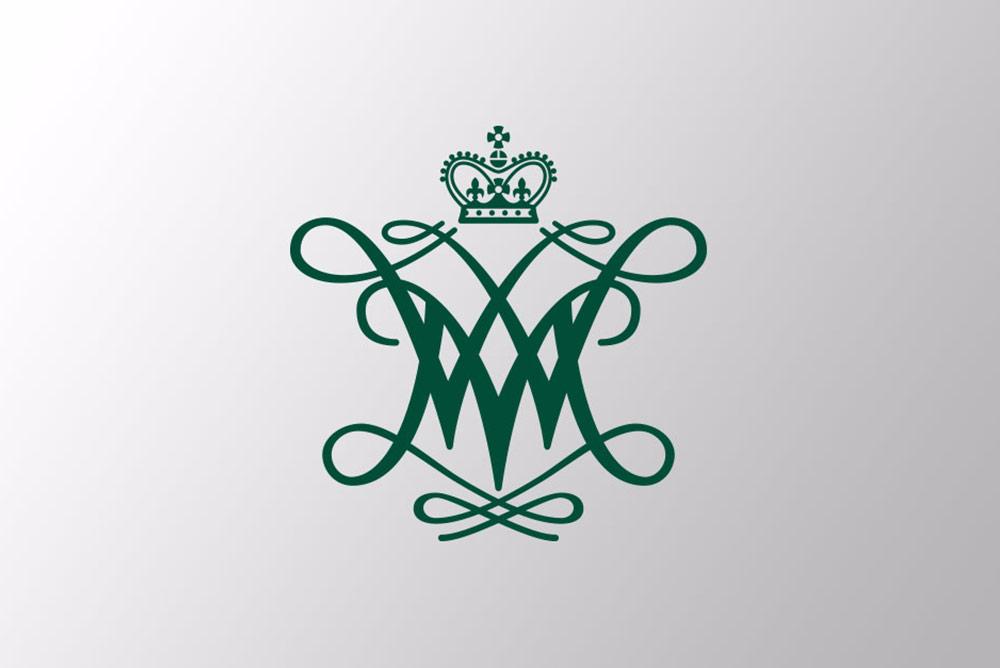Downlisting of IUCN Threatened Species Protected by Rainforest Trust and Partners
Research Location: Implemented: Ecuador
Conservation Partners: Rainforest Trust, Jocotoco, and EcoMinga
Past Student Researchers
Raquel Mandojana '25, Major: Integrative Conservation; Major: Sociology (2024)
Kaitlyn Potts '25, Major: Integrative Conservation; Major: Environment and Sustainability (policy track) (2024)
Faculty Mentor
Dr. David WaldienProject Description
Since its founding in 1988, Rainforest Trust has helped protect over 42 million acres of land across the global tropics. While remote sensing data shows that 99% of the protected forests remain intact, evaluating the impact of these protections on the species that inhabit them has been challenging for Rainforest Trust and its partners. The gold standard for measuring species conservation success is downlisting to a lower threat category on the International Union for Conservation of Nature (IUCN) Red List.Even for projects specifically designed to benefit a single species, gathering the necessary data to petition for downlisting—such as population surveys, threat assessments, and habitat suitability modeling—has proven to be prohibitively difficult. Although downlisting species serves as a valuable metric for conservation success and allows resources to be redirected to other high-risk species, many organizations lack standardized frameworks for downlisting. Some may also fear that downlisting could reduce support or limit critical resources for ongoing conservation efforts.
In 2024, a team of William & 玛丽 students and faculty collaborated with Rainforest Trust and its partners in Ecuador, Jocotoco and EcoMinga, to explore their goals for conservation success, the potential of the Red List as a monitoring tool, and to conduct assessments for target species. The research concluded that Red List assessments are valuable because they provide a standardized evaluation framework. However, they are insufficient for fully assessing the conservation impact of collaborative organizations and are often biased by the availability and effort invested in the assessments.
This research underscores the importance—and difficulty—of evaluating conservation impacts, while highlighting the need for communication and coordination among organizations at every stage of the conservation process. It also offers valuable insights for conservation organizations on the utility of the Red List as a tool for fostering communication and collaboration in conservation efforts.
















